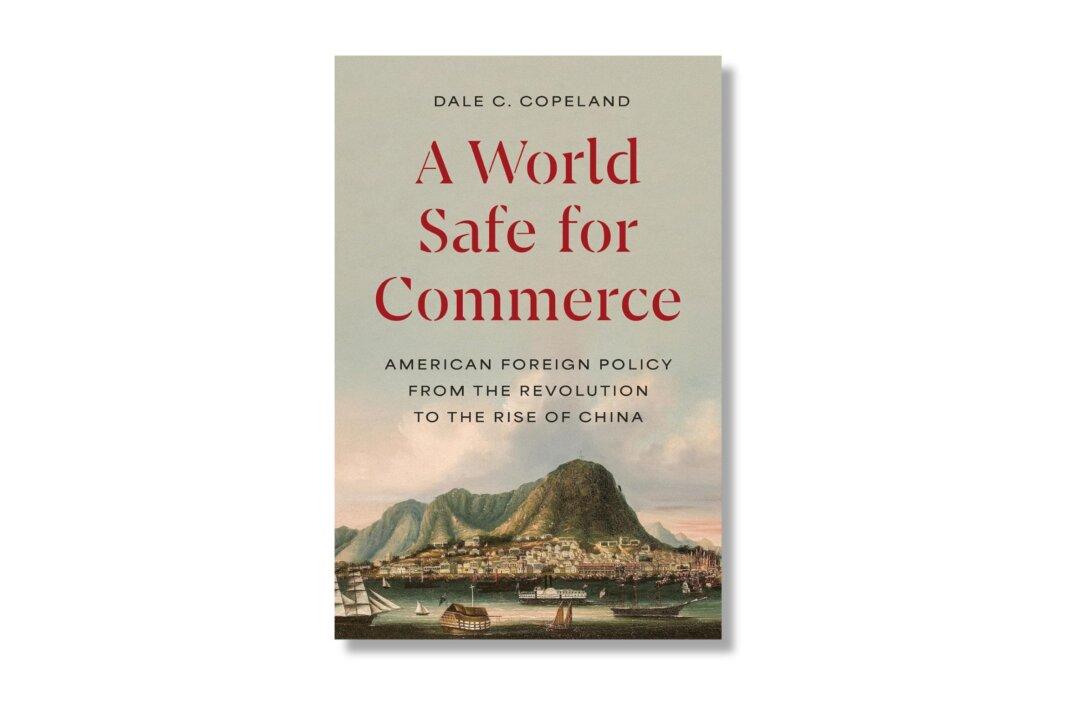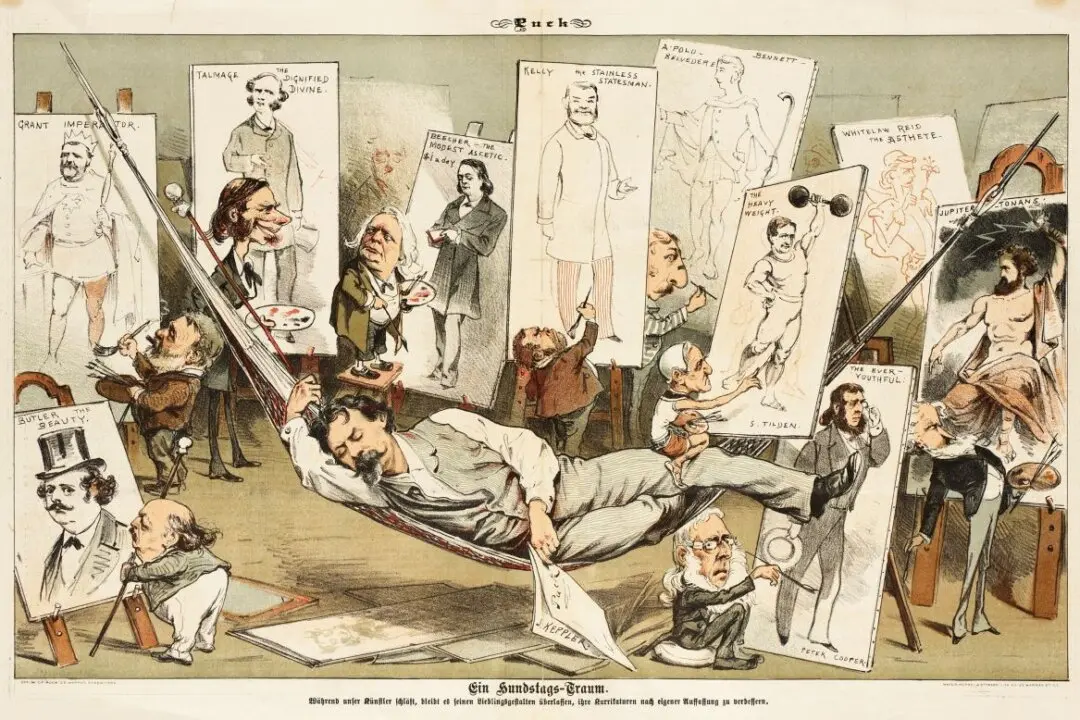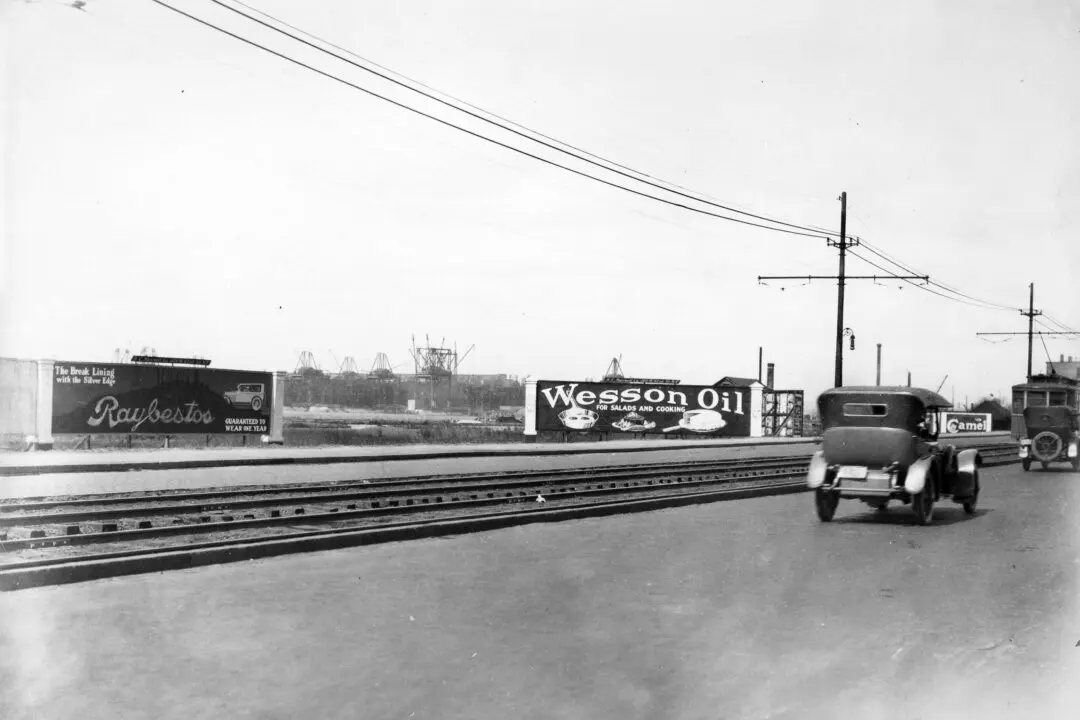The push for revolution during the 18th century, the scramble to expand territories in the 19th century, militarism in the first half of the 20th century, and the conflict of ideologies from the second half of the 20th century onward: There have been various reasons why the world has witnessed so much conflict over the past 200 years. According to Dale C. Copeland, professor of international relations at the University of Virginia, there is a singularity that connects nearly all conflicts: commercial expectations.
In his new book, “A World Safe for Commerce: American Foreign Policy from the Revolution to the Rise of China,” Mr. Copeland works to establish his geopolitical theory through the lens of American foreign policy and conflict. Part of this theory is what he calls “the three realms of great power commerce,” which begins with a nation’s “core economic ... sphere,” then extends to “the ‘middle area’ of neutral states willing to trade with all sides,” and ultimately the third realm (or sphere) in an “economic region another great power controls.” It is in this third realm, when commercially invaded, that can lead to strife.






